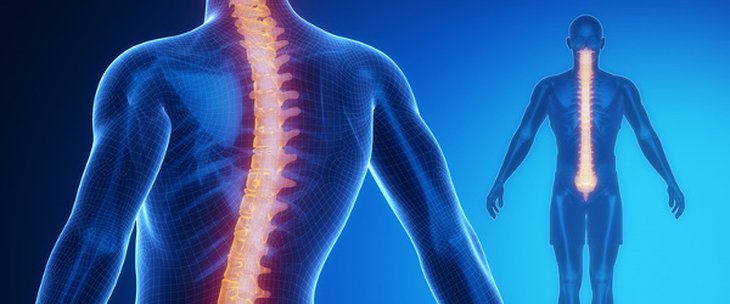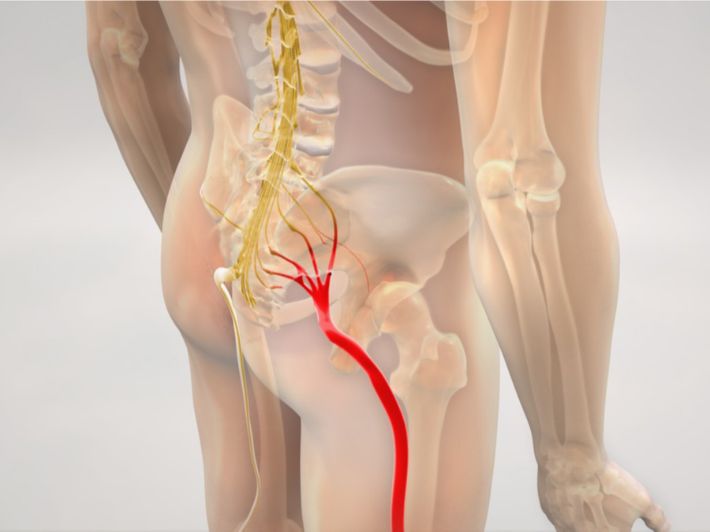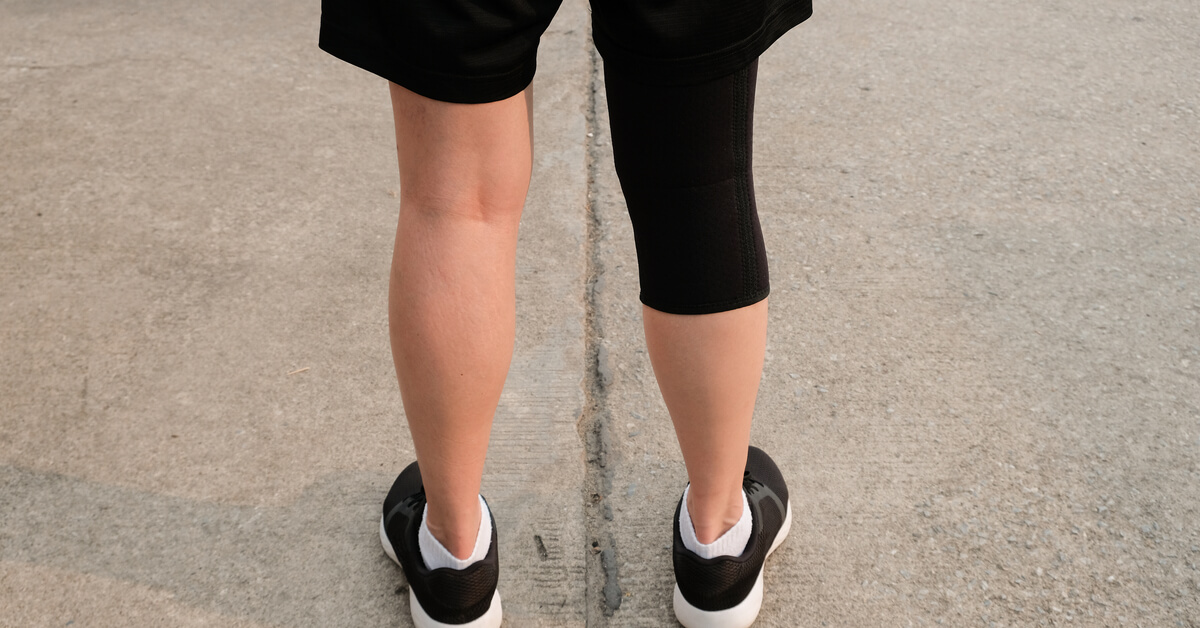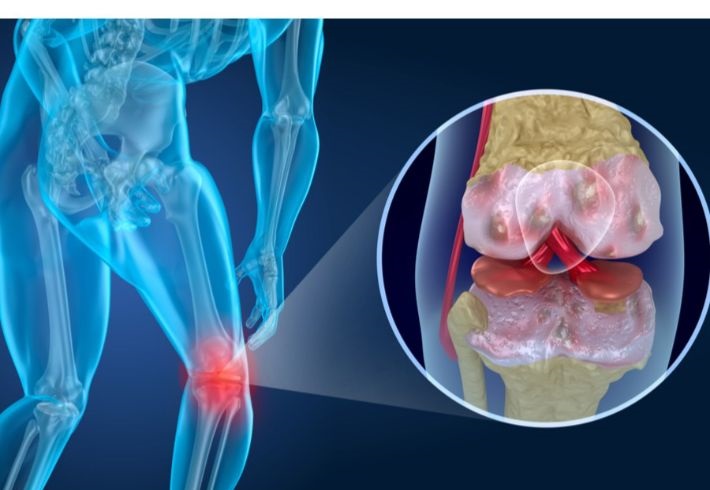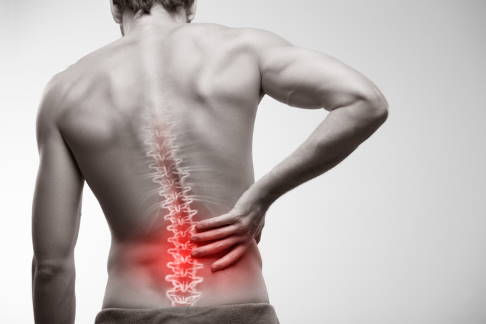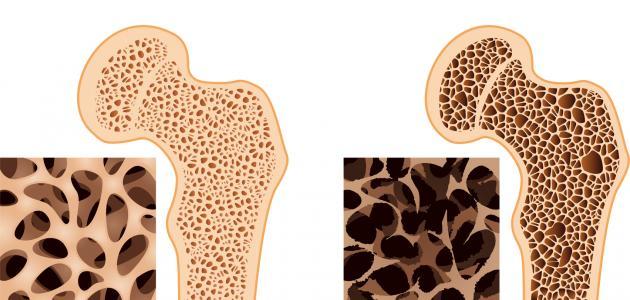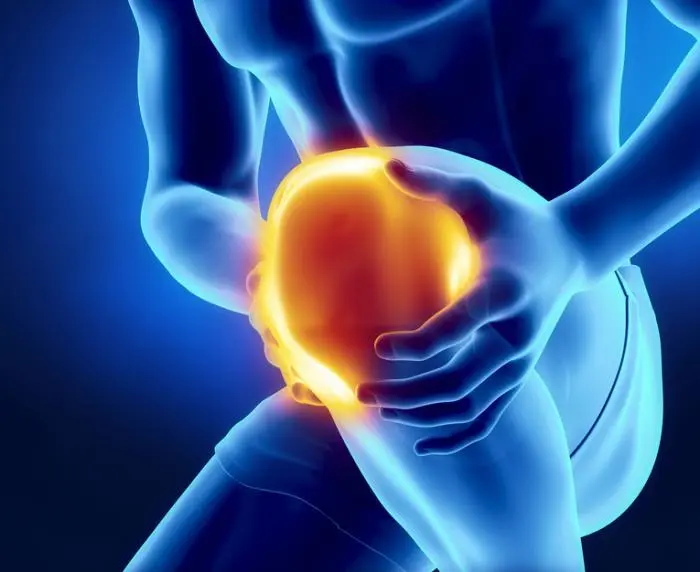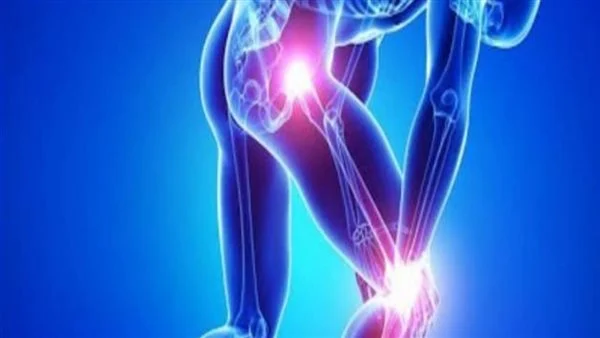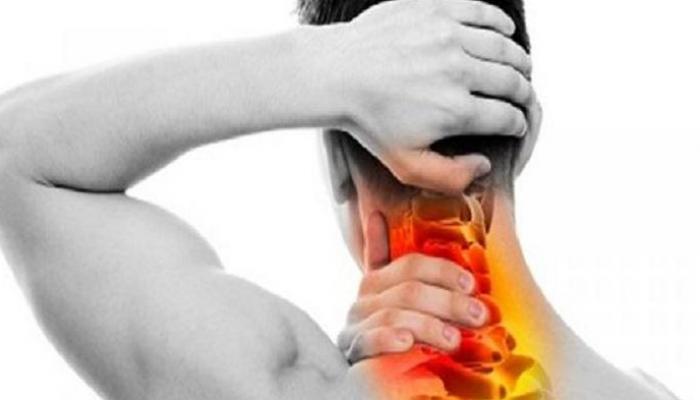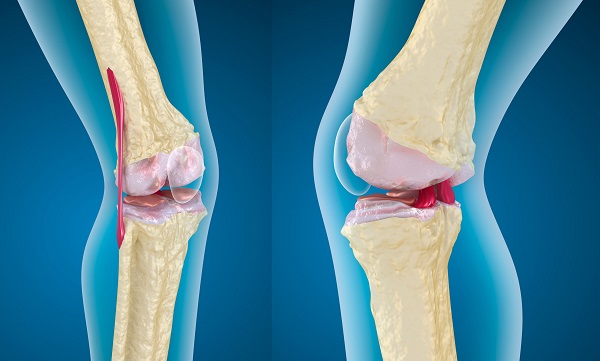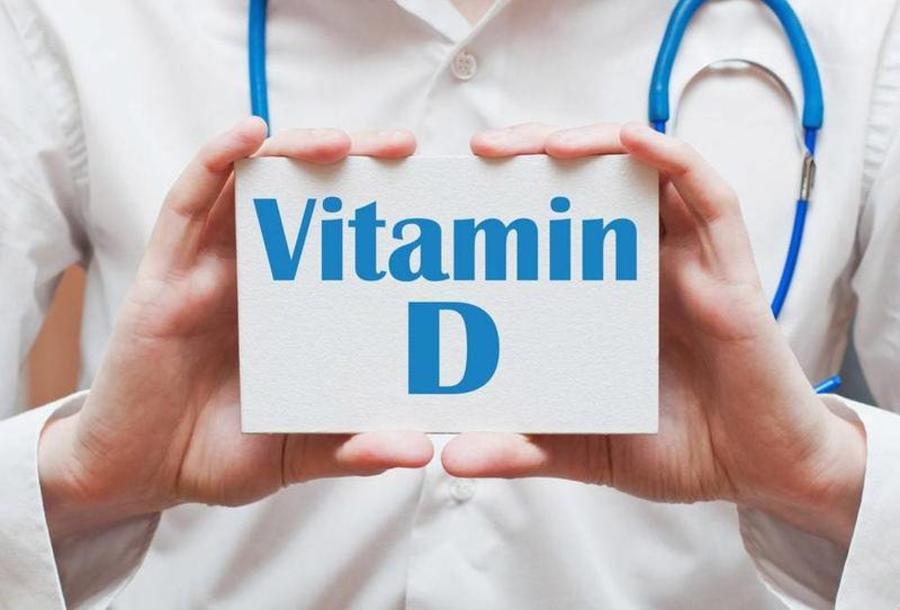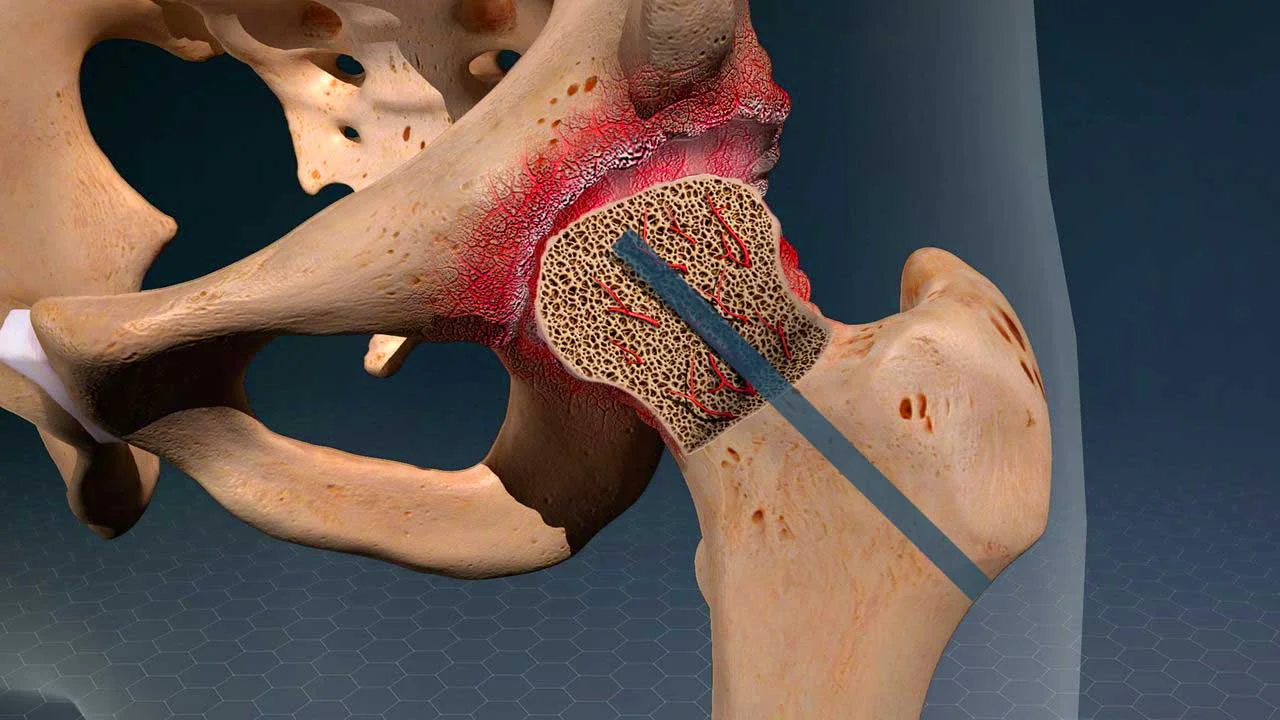How many physical therapy sessions are needed for a disc herniation? And is there pain afterwards?
How many physical therapy sessions are needed for a disc herniation?
The number of physical therapy sessions for disc herniation is a significant topic of interest for many people suffering from this condition. A disc herniation is a condition that affects the spinal column, where the disc separating the vertebrae slips out of place, causing pressure on the nerves and surrounding tissues, leading to sharp pain and numbness in the extremities.
Physical therapy is a common and effective option for treating disc herniation. It’s important to note that the necessary number of physical therapy sessions varies from one case to another, influenced by several factors such as the severity of the condition, the duration of the injury, the location of the herniation, and the patient’s overall health status.
Patients are usually recommended to undergo between 6 to 12 sessions of physical therapy for disc herniation treatment. However, in more severe cases, the necessary treatment may exceed this and reach up to 30 sessions. The appropriate number of sessions for each patient is determined based on an assessment by a specialized physical therapist.
The effectiveness of physical therapy in treating disc herniation depends on adherence to the scheduled sessions and following correct guidelines. Physical therapy for disc herniation includes exercises to strengthen the muscles around the spine, exercises to improve flexibility and alignment, therapeutic massage and stretching techniques, and the application of heat and cold treatments.
In addition to physical therapy, other methods may be used in treating disc herniation such as medication therapy and surgical intervention in more complex cases.
Patients should cooperate with their treating physician and follow the prescribed directions and exercises regularly to achieve the best results. It should also be noted that physical therapy for disc herniation is not an immediate cure; it requires time and patience to see significant improvement.
In conclusion, the number of physical therapy sessions for disc herniation varies according to the individual case and is influenced by several factors. It is advisable to visit a specialist to assess the condition, determine the appropriate number of sessions, and properly guide the patient to achieve the best results in treating disc herniation.
Can herniated discs be healed with physical therapy?
Herniated discs are common conditions that affect the spine, causing severe pain and reduced mobility in the back and legs. Although surgical treatment may be necessary in some severe cases, physical therapy is considered the first and most effective option for treating herniated discs.
Patients with herniated discs are referred to a physical therapist, where a comprehensive treatment plan is devised to manage pain, restore mobility, and strengthen the muscles supporting the back. This is achieved through a variety of exercises and assistive medical devices.
Therapeutic exercises are a fundamental part of physical therapy for herniated discs. These exercises aim to strengthen the muscles that support the back and to improve flexibility and stability. An exercise program is designed according to the patient’s condition, the severity of the pain, and the progression of the disease. Therapeutic exercises may include stretching, muscle strengthening, and improving balance and flexibility.
In addition to exercises, medical devices can be used to treat herniated discs. This includes the use of lasers that use light to relieve pain and stimulate tissue healing. Ultrasound waves can also be used to alleviate pain and improve blood circulation. The hot water bottle is also an effective method in physical therapy for herniated discs, where water is used to reduce weight and pressure on the spine.
Physical therapy for herniated discs is effective in controlling pain, restoring movement, and helping patients return to normal life. Patients are taught how to manage and overcome pain through a variety of therapeutic methods such as medication, physical therapy, complementary medicine, and psychological counseling.
Treating herniated discs with physical therapy requires commitment and patience from the patient, as a personalized treatment program is designed for each case based on their individual needs. With consistent practice and adherence to medical guidance, patients can overcome the pain of herniated discs and improve their quality of life.
In conclusion, physical therapy is considered the optimal and most effective choice for treating herniated discs. It helps in controlling pain, restoring movement, and strengthening muscles, contributing to the patient’s return to normal life. If the condition is severe, surgical treatment may be necessary, but in most cases, healing can be achieved with physical therapy and commitment to the appropriate treatment program.
Is there pain after physical therapy sessions?
Physical therapy is a process in which natural methods and techniques are used to relieve pain and improve movement and function. Since the main goal of physical therapy is to reduce pain and discomfort, it is assumed that there should be no pain after physical therapy sessions. However, some discomfort or tension may occasionally be felt after therapeutic sessions, but this sensation is usually temporary and disappears after a short period.
The experience of pain after physical therapy sessions depends on several factors, including the type of injury or medical condition being treated, the severity of the original pain, and how the body responds to treatment. Some individuals may experience temporary increased pain due to the stimulation of injured tissues or muscle tension caused by therapeutic exercises. Over time and with ongoing treatment, this pain can subside, improving the overall condition of the patient.
The patient must cooperate with the physical therapist and follow the prescribed instructions and exercises regularly to achieve the best results. Physical therapy may include intensive exercises or stretches and exercises to improve strength, flexibility, and balance. There may be some feeling of fatigue or strain at the beginning, but over time, the ability to tolerate the exercises will improve, and strength and flexibility will increase.
It is important to avoid pain after physical therapy sessions by adhering to the physical therapist’s instructions and not overdoing the exercises or movements that may cause excessive strain on the body. The patient should also speak with the physical therapist if they feel any unusual pain or an increase in pain after the therapy sessions.
Generally, it can be said that pain after physical therapy sessions is rarely severe or persistent, and mostly, it is an indication of an improvement in condition and the body’s response to the treatment. If you experience persistent or increasing pain after physical therapy sessions, it is best to consult your doctor or physical therapist to assess the condition and ensure appropriate care.
Does physical therapy put the cartilage back in place?
Physical therapy is one of the common methods for treating disc herniation, but can physical therapy put the cartilage back in place? This is the question that concerns many people who suffer from this problem. To understand the answer to this question, we must first understand what a disc herniation is and how it is treated with physical therapy.
Disc herniation is a condition where part of the cartilage comes out of its natural place in the spine and can cause sharp pain and numbness in the limbs. Disc herniation is usually treated with physical therapy, which aims to control pain and restore the movement and posture of the spine.
Physical therapy after a disc operation relies on specific exercises that help strengthen the back and abdominal muscles and improve spinal stability. Physical therapy after disc surgery also includes teaching the patient the proper sitting posture to protect the back and the healing muscles. These preventive steps contribute to preventing future episodes of lower back pain.
In addition, walking and some home exercises are part of physical therapy after disc surgery. Walking helps to promote movement in the spine after the operation, while other exercises aim to improve the strength and stability of the lower back muscles to support the spine.
Now, after understanding the importance of physical therapy after disc surgery, can physical therapy put the cartilage back in place? The short answer is no, physical therapy cannot put the cartilage back in place. If the cartilage has come out of place, physical therapy aims to improve symptoms and strengthen the muscles around the affected area, but it cannot return the cartilage to its original place.
However, physical therapy after disc surgery can be effective in improving the patient’s condition and reducing pain and restoring movement. The success of physical therapy depends on the patient’s commitment to performing the exercises and following the correct guidance from doctors and physical therapists.
In the end, we must remember that physical therapy cannot put the cartilage back in place, but it helps to improve the patient’s condition and promote recovery after surgery. It is advisable to review the treating physician to assess the condition and determine the most appropriate treatment for each case separately.
Does massage benefit disc herniation?
Disc herniation is a common condition that occurs when the gel-like disc between the vertebrae in the spine slips out of place. Many people suffer from this problem, which leads to a variety of distressing symptoms such as numbness, weakness, stiffness, and limited mobility. Due to these symptoms, many patients seek therapeutic options that provide relief from pain, and massage is among these options.
So, is massage beneficial for disc herniation? Before answering this question, it should be known that physical therapy is one of the beneficial treatment options for patients with disc herniation. Massage is used as one of the physical therapy techniques to alleviate pain and improve the patient’s overall condition.
The massage techniques used for disc herniation include applying significant pressure to relieve deep muscle spasms around the affected area. Heat can also be used to increase blood flow to the area and facilitate the healing process of the disc, and cold can be used to reduce inflammation and relieve muscle spasms and pain. Alternating between heat and cold is used to maximize benefits.
When massaging the tissues and muscles surrounding the herniated disc area, it can help increase blood flow to the affected area and improve muscle flexibility and range of motion. In addition, massage therapy can help eliminate tightness within the muscle tissues due to nerve compression, which reduces pain in other parts of the body.
However, it must be mentioned that massage and physical therapy techniques will not cure disc herniation or contribute to its complete healing. It is necessary to avoid massaging the herniated disc directly or pressing on the damaged disc, as this can lead to worsening the condition and increasing pain levels.
Therefore, it can be said that massage can be beneficial for disc herniation when performed on the tissues and muscles surrounding the affected area. However, it should be carried out cautiously and under the supervision of a specialist, and direct massage of areas with a damaged disc should be avoided.
So, if you suffer from disc herniation, it is best to consult your doctor before starting any treatment, including massage. The doctor can assess your condition and guide you to the appropriate treatment that includes massage if it is suitable for your case.
What are the signs of healing from disc herniation?
When a person suffers from disc herniation, it may be important for them to know the signs of healing from this condition. Disc herniation is a condition that affects the disc located between the spinal vertebrae and can cause severe pain and reduced movement. Here, we will discuss some of the signs that may indicate improvement and healing from disc herniation:
Improvement in Pain: When a person begins to feel a reduction in pain and its intensity lessens, this is considered a good sign of healing. The patient may experience less severe and gradually less frequent episodes of pain.
Improvement in Movement: When a person improves in their ability to move and perform daily activities better, it indicates that the disc herniation is healing. The individual may notice an increase in spinal flexibility and the ability to perform normal movements without pain.
Decrease in Muscle Spasms: A person with disc herniation may suffer from muscle spasms and contractions in the back and legs. As the herniation begins to heal, these muscle spasms gradually decrease and become less intense. The person may feel muscle relaxation and improved movement.
Improvement of Other Symptoms: A person with disc herniation may suffer from other symptoms such as foot drop and weakness in the leg. When these symptoms improve and begin to disappear, this indicates healing from the disc herniation.
It is important for a person with disc herniation to continue their treatment and follow the guidance of the treating physician. Healing from disc herniation may take time, potentially up to four to six weeks, and this can vary depending on the individual’s condition. Some cases may heal spontaneously without the need for additional treatment.
Moreover, a person with disc herniation can follow certain tips to enhance the healing process and reduce symptoms. Among these tips, using warm and cold water can help relieve muscle contractions and pain, where warm water can help relax the muscles and improve blood flow, while cold water can reduce swelling and pain.
In summary, signs of healing from disc herniation include improved pain and movement, decreased muscle spasms, and improvement of other symptoms. A person with disc herniation should consult their doctor and follow the appropriate treatment to accelerate the healing process.
What is cartilage food?
Cartilage is one of the conditions that affect many people and can lead to severe pain in the back and neck. Cartilage consists of dense tissue primarily containing collagen and cartilage cells, and it is found in different parts of the body, including the spine.
Nutrition is an important factor in the treatment of disc herniation, as it can contribute significantly to the improvement of patients’ conditions. Studies suggest that the inflammation associated with disc herniation can be significantly reduced by changing the diet. For example, consuming sugar can increase inflammation and exacerbate pain, so it is recommended to reduce the consumption of sugar and sweets.
In addition, excessive sugar consumption can lead to weight gain, which is a factor that can increase the occurrence of disc herniation. Therefore, it is recommended to follow a healthy and balanced diet that includes fruits, vegetables, healthy proteins, and fiber.
Studies also indicate that gluten may have a negative impact on the condition of intervertebral disc degeneration. Gluten is responsible for gluten sensitivity that some individuals suffer from, which can manifest as chronic back pain. Therefore, it is recommended to reduce or completely eliminate gluten consumption from the diet to improve patients’ conditions.
In general, it is advised to consume legumes frequently, as they contain the necessary proteins to enhance the health of cartilage and reduce inflammation. It is also recommended to eat foods rich in omega-3 fatty acids, such as fish, turmeric, and vegetable oils, as they contribute to strengthening the cartilage and reducing inflammation.
Additionally, it is advised to avoid fatty, sugary, fried foods, and carbonated drinks, as they can increase inflammation and contribute to the worsening of pain.
Thus, it can be said that proper nutrition plays an important role in the treatment of intervertebral disc degeneration. Through eating healthy and balanced foods, and avoiding harmful foods, inflammation can be reduced, and patients’ conditions can be improved. However, patients should consult a specialist before making any changes to their diet to ensure the best treatment.
Can cartilage rebuild itself?
Spinal problems are among the common diseases that many people suffer from around the world. One of these issues is cartilage wear, which can lead to back pain, mood swings, depression, and generally feeling distressed and uncomfortable. However, can cartilage rebuild itself?
It is important to know that cartilage is a soft and elastic tissue that covers the inner surface of the joints between the vertebrae, acting as a cushion and helping to reduce friction during movement. However, cartilage wears out over time and with aging, and may be damaged due to injuries or other diseases.
Although cartilage is not capable of completely rebuilding itself, there are some factors that can help improve its condition and reduce deterioration. For instance, patients can perform some self-treatments to maintain the health of the cartilage and delay its degeneration.
One of these self-treatments is diet regulation and consuming healthy, low-calorie foods to avoid weight gain and reduce it. Regular and moderate physical exercise can also help in losing weight healthily and reducing the pressure on the spinal cartilages.
Moreover, it is recommended to strengthen the back muscles through back exercise schools or physical therapy. When back muscles are strong, they help in supporting the spine and reducing pressure on the spinal cartilages.
Although these self-treatments may help improve the condition of the cartilage and delay its deterioration, in some severe cases, surgical treatment may be necessary. Patients should consult a specialist to assess their condition and determine the appropriate treatment.
In summary, it can be said that cartilage is not capable of completely rebuilding itself, but individuals can perform some self-treatments and follow a healthy lifestyle to improve its condition and delay its deterioration. The patient should consult a specialist to assess their condition and determine the appropriate treatment.
Does cupping benefit in treating herniated discs?
Cupping is one of the alternative methods that people use to treat many diseases and health conditions. There have been questions about the effectiveness of cupping in treating lumbar disc herniation, which is considered one of the painful and troublesome conditions for many people.
Cupping is a traditional therapy that uses glass or plastic cups that are attached to the skin by suctioning the air, aiming to create a flow of blood in the targeted area. Cupping stimulates blood circulation and eases muscle contraction, which can reduce the pain and inflammation associated with a herniated disc.
Although there is no conclusive scientific research confirming the effectiveness of cupping in treating lumbar disc herniation, some theories suggest its potential benefit in this context. It is known that cupping works to increase blood perfusion and improve blood circulation in the affected area, which may enhance nerve nourishment and reduce inflammation and pain.
Some preliminary studies indicate that cupping can reduce pressure on damaged nerves and improve their condition. Therefore, the use of cupping might lead to pain relief and an improvement in the motor functions of patients with lumbar disc herniation.
However, it should be mentioned that cupping is not a miraculous cure for lumbar disc herniation, and patients may need to try several different therapeutic methods to alleviate symptoms and improve their condition. Traditional treatment for lumbar disc herniation may include comprehensive medical treatment, including pain-relieving medication, physical therapy, and appropriate exercise.
Generally, patients should revert to specialists before using any alternative treatment methods like cupping. Doctors should evaluate the patient’s health condition and determine the most suitable treatment based on scientific evidence and previous experiences.
In conclusion, while cupping may offer some potential benefits in the treatment of lumbar disc herniation, more research and studies are needed to confirm its effectiveness and determine the appropriate dosages and techniques to use in this context.
In summary, it can be said that cartilage is not fully capable of rebuilding itself, but individuals can undertake some self-treatments and adopt a healthy lifestyle to improve its condition and delay its deterioration. Patients should consult a specialist doctor to assess their condition and determine the appropriate treatment for them.
Does cupping benefit in treating herniated discs?
Cupping is one of the alternative methods people use to treat various diseases and health conditions. Questions have arisen about the effectiveness of cupping in treating lumbar disc herniation, which is a painful and troublesome condition for many individuals.
Cupping is a traditional treatment that uses glass or plastic cups that are attached to the skin by suctioning air, with the aim of inducing blood flow to the targeted area. It stimulates blood circulation and relieves muscle spasms, which can reduce pain and inflammation associated with herniated discs.
Although there is no conclusive scientific research confirming the effectiveness of cupping in treating lumbar disc herniation, there are some theories that suggest its potential benefit in this context. It is known that cupping increases blood perfusion and improves circulation in the affected area, which can enhance nerve nutrition and reduce inflammation and pain.
Some preliminary studies suggest that cupping may reduce pressure on the affected nerves and improve their condition. Thus, using cupping could lead to pain relief and an improvement in the motor functions of patients with lumbar disc herniation.
However, it should be noted that cupping is not a miraculous cure for lumbar disc herniation, and patients may need to try several different therapeutic approaches to alleviate symptoms and improve their condition. Traditional treatment for lumbar disc herniation may include comprehensive medical therapy, including pain-relieving medications, physical therapy, and appropriate exercise.
In general, patients should refer to specialist doctors before using any alternative treatment methods such as cupping. Doctors should evaluate the patient’s health condition and determine the most suitable treatment based on scientific evidence and previous experiences.
In conclusion, although cupping may provide some potential benefits in the treatment of lumbar disc herniation, there is still a need for more research and studies to confirm its effectiveness and determine the appropriate doses and techniques to use it in this context.
Best Doctor for Herniated Disc
Dr. Amr Amal is considered one of the best doctors specializing in endoscopic treatment of disc herniation in Egypt. He has an excellent reputation and a proven track record of success in performing this surgical procedure. Dr. Amr Amal delivers excellent results in reducing symptoms and improving the quality of life for patients suffering from slipped disc problems.
Dr. Amr Amal is distinguished by his extensive experience in the field of orthopedic surgery and his specialization in the treatment of disc herniation. He addresses a variety of spine-related issues, such as degenerative disorders and disc narrowing. Dr. Amr Amal employs the latest surgical techniques and advanced equipment to ensure the success of the operation and the restoration of normal function to the slipped disc.
Endoscopic disc herniation surgery is considered one of the most important and well-known treatments for this condition. Dr. Amr Amal is an excellent choice for patients suffering from back and neck problems who want to receive necessary treatment and restore normal spinal function. The cost of endoscopic disc herniation surgery in Egypt may vary based on several factors, including the level of surgical technique and the location of the procedure. Therefore, it is advised to consult with Dr. Amr Amal for accurate information regarding the cost of the operation and other related details.
It is crucial for patients with slipped disc problems to consult their doctor before undergoing any type of surgical operation. Dr. Amr Amal can provide the necessary advice and information about the procedure, the duration of the treatment, and the required post-operative care.
In conclusion, Dr. Amr Amal is one of the best doctors specializing in endoscopic disc herniation surgery in Egypt. He has an excellent reputation and a track record of successful surgeries. If you are suffering from a slipped disc problem, it is recommended to consult with Dr. Amr Amal to receive the necessary treatment and restore normal spinal function.


